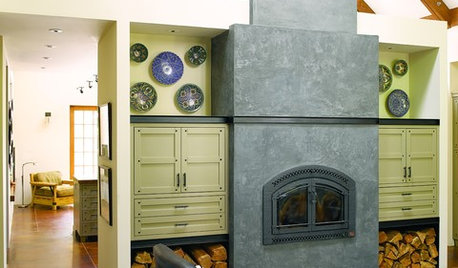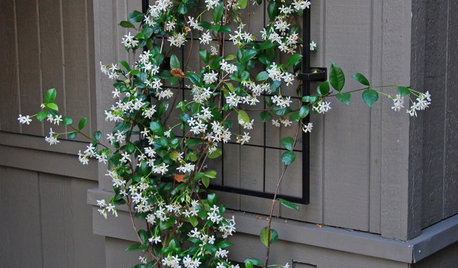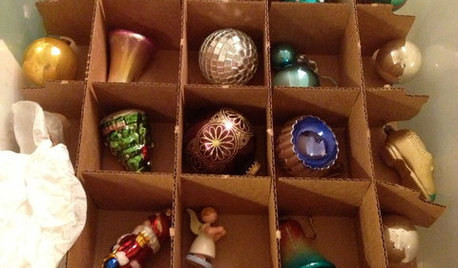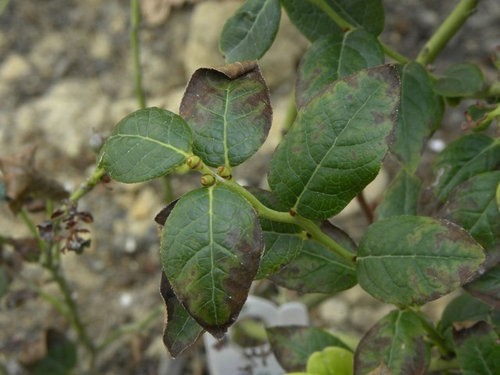Blueberry leafs curling up and dying
RonCz
11 years ago
Featured Answer
Comments (11)
edweather USDA 9a, HZ 9, Sunset 28
11 years agofruitmaven_wiz5
11 years agoRelated Professionals
Wrentham Landscape Architects & Landscape Designers · Manhattan Beach Landscape Architects & Landscape Designers · Middle River Landscape Architects & Landscape Designers · Rancho Cordova Landscape Architects & Landscape Designers · Conroe Landscape Contractors · Costa Mesa Landscape Contractors · Elkridge Landscape Contractors · Fort Myers Landscape Contractors · Hickory Hills Landscape Contractors · Laguna Hills Landscape Contractors · Lemont Landscape Contractors · Shirley Landscape Contractors · View Park-Windsor Hills Landscape Contractors · Wallingford Landscape Contractors · West Allis Landscape Contractorscapoman
11 years agoericwi
11 years agoRonCz
11 years agoKevin Reilly
11 years agocapoman
11 years agocapoman
11 years agojean001a
11 years agocapoman
11 years ago
Related Stories

FALL GARDENING7 Reasons Not to Clean Up Your Fall Garden
Before you pluck and rake, consider wildlife, the health of your plants and your own right to relax
Full Story
HEALTHY HOME12 Ways to Set Up Your Kitchen for Healthy Eating
Making smart food choices is easier when your kitchen is part of your support team
Full Story
HOUSEKEEPINGTo-Dos: Your September Home Checklist
Boost the comforts of home for fall with a few of these ideas for stocking up and staying cozy
Full Story
FEEL-GOOD HOMESimple Pleasures: Scent and Memory
Fragrant jasmine, fresh-brewed coffee, baking bread. Scents can evoke memories and bring sensory pleasure to our homes
Full Story
WINTER GARDENING6 Reasons I’m Not Looking Forward to Spring
Not kicking up your heels anticipating rushes of spring color and garden catalogs? You’re not alone
Full Story
FARM YOUR YARD6 Things to Know Before You Start Growing Your Own Food
It takes time and practice, but growing edibles in the suburbs or city is possible with smart prep and patience
Full Story
HOLIDAYSChristmas Cleanup Tips for the Not Naturally Organized
Dreading the postholiday chores? First let yourself unwind. Then grab some boxes, a few supplies and this easy guide
Full Story
DECORATING GUIDESDecorating 101: Do It Yourself or Hire a Pro?
Learn the advantages and disadvantages of decorating alone and bringing in skilled help
Full Story
GARDENING GUIDESNew Ways to Think About All That Mulch in the Garden
Before you go making a mountain out of a mulch hill, learn the facts about what your plants and soil really want
Full Story
GARDENING GUIDES15 Ideas to Try in Your Garden This Year
These gardening stories were tops among Houzz readers. Which ideas might you try this year?
Full StoryMore Discussions








homey_bird